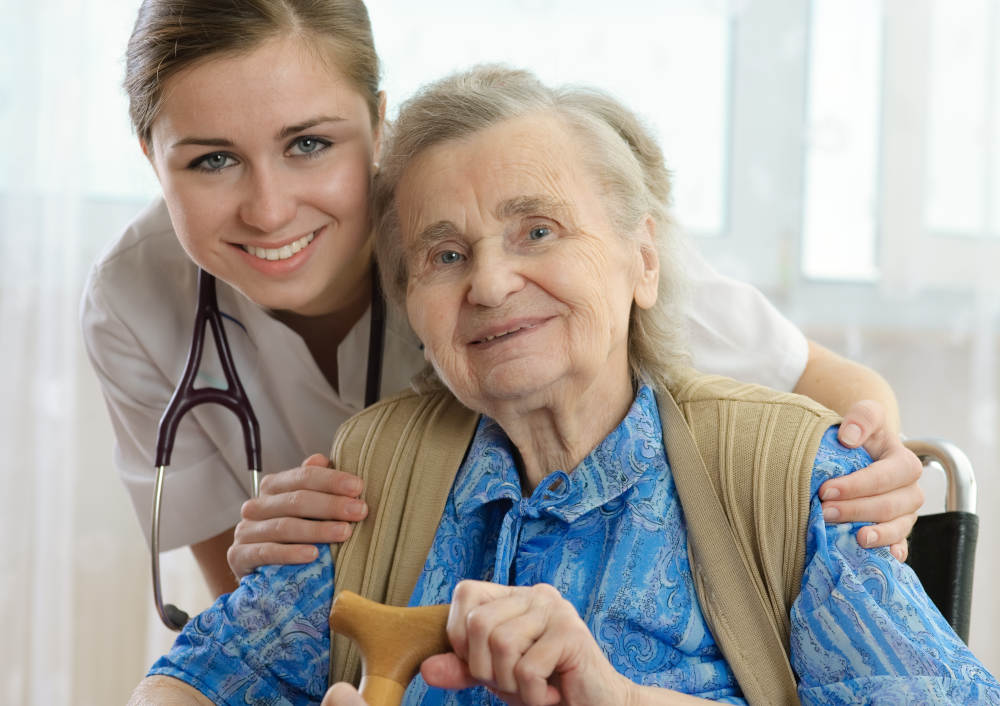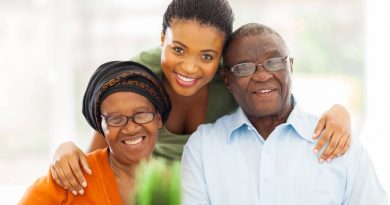Arthritis: The Number One Health Condition for Seniors

If you have complained about increased stiffness or pain in your joints as you have aged, you most likely have some type of arthritis. Arthritis is an incredibly prevalent disease in the senior population because the joint tissues naturally wear out as you age. However, this does not mean that you simply have to give in to the pain. Instead, by having honest discussions with your doctor and committing yourself to smart lifestyle changes, you can keep your symptoms under control and age as gracefully as possible.
Prevalence
In senior citizens over the age of 65, nearly 50 percent have been diagnosed with arthritis by a doctor. This disease is more commonly seen in women than it is in men, and it is more commonly seen in Caucasians than in those of other ethnicities. In addition, it is estimated that the prevalence of arthritis in individuals in the United States will continue to grow as the population ages. It is projected that 78 million individuals will have arthritis by 2040. Today, arthritis is purported to be the top reason for disability throughout the country.
Symptoms
All of the symptoms of arthritis occur in the body’s joints. Many find that their knees or fingers feel tender or swollen. However, this disease can occur in nearly any joint, including the back. Other symptoms could include the following:
- Joint stiffness
- Redness or warmth over the site
- Inability to move the joint normally
Treatments
The treatment for arthritis will be chosen based on whether the individual has been diagnosed with the more common age-related osteoarthritis or with rheumatoid arthritis, which is tied to autoimmune dysfunction. For both types, medication may be prescribed to relieve joint stiffness, tenderness, and pain. Anti-rheumatic medications can help the immune system react normally. In addition, corticosteroid injections can decrease swelling in the joints.
Lifestyle Changes
Lifestyle changes, particularly those that improve mobility and decrease weight in those who are obese, may be able to help control many of the daily symptoms of this disease. All types of exercises can help, although those that improve range of motion and stretch out the joints can be particularly effective. However, aerobic activities, such as walking or swimming, can help decrease excess weight and decrease joint swelling.



